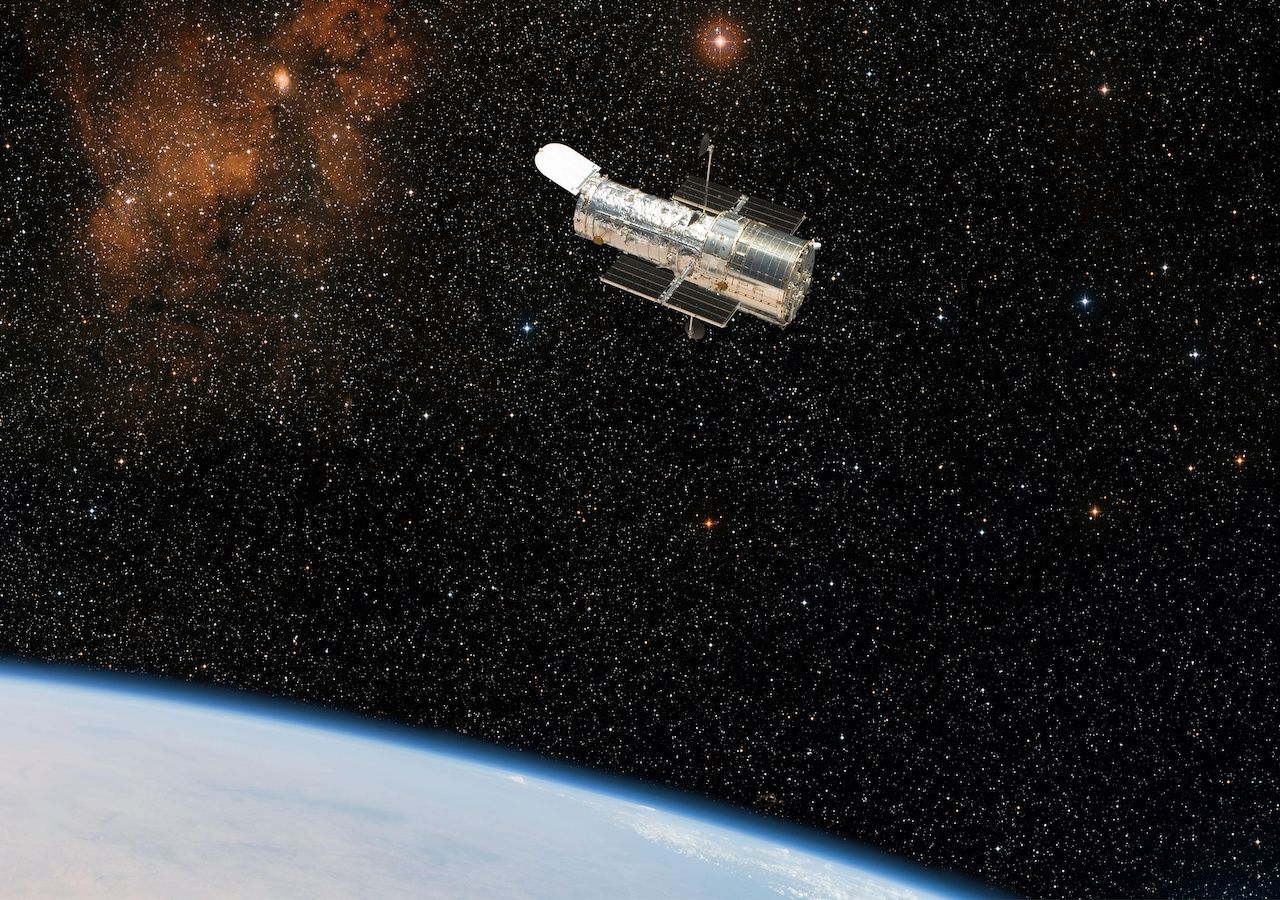

Well, one of the things a project scientist does is act as the conscience for the science. Does that mean you’re making all the juice? So you’re Webb’s project scientist for operations. Webb is a hundred times more powerful than existing observatories. It would take a lot of steroids, actually. Wait, but isn’t Webb “Hubble on steroids”? Sorry, bad joke. I like this “juice” metaphor-so long as we’re not talking about steroids. This will be the first time we actually put some “juice” out, and from there everyone can judge for themselves how sweet it is. Like everyone else on the team I’m excited to unveil Webb’s first science images. And I’m happy to talk about all aspects of juice-making. This telescope really is not only as good as we promised-in many ways, it’s better. So I wanted to talk to you about how the project is protecting this investment, and how it’s going to maximize the juice for the squeeze, so to speak. How remarkable to think we might get so much “extra” time out of this thing that’s required decades of steady, diligent work and $10 billion, this amazing facility that may in some respects be the single biggest investment ever made in astrophysics. Things are looking good for Webb, aren’t they? We’re on the verge of seeing the telescope’s first science images, its performance has exceeded expectations during commissioning, and its voyage to deep space left it with enough surplus propellant to continue operations into the 2040s-many years beyond its “nominal” mission lifetime.

Scientific American spoke with Rigby about the teamwork it takes to operate Webb, the observatory’s uncertain longevity and the delicate task of maximizing returns on a $10-billion investment in the biggest and best telescope in the known universe. Now, with its mirrors and instruments ready and its inaugural batch of science images and data set for imminent release, Webb’s revolutionary studies are poised to truly begin. This is no small task: For those hoping to squeeze as much science as possible out of this one-of-a-kind observatory, each and every moment of Webb’s time is precious-and Rigby oversees the schedule.Įver since Webb launched on Christmas Day of 2021, she and her colleagues have been working nonstop to prepare the observatory to deliver breakthrough discoveries about the universe’s first galaxies, nearby exoplanets and much more.
Space observatory full#
But her main work with Webb is to work with her team to ensure everyone fortunate enough to use it can do “something good,” by looking after the full breadth of scientific investigations the telescope will perform for researchers around the globe during its planned five-year primary mission. Over the course of her career, Rigby has used many of the world’s premier ground- and space-based astronomical facilities-and she is helming one of Webb’s many “ early release science” campaigns front-loaded for its first year of observations, utilizing the telescope to study star formation in galaxies across eons of cosmic time.

SOFIA is expected to take some more science flights after being repaired, a fitting way to see it into retirement.“Give me a telescope, and I can come up with something good to do with it,” says Jane Rigby, an astrophysicist at NASA’s Goddard Space Flight Center who serves as the agency’s operations project scientist for the $10-billion James Webb Space Telescope, the largest and most powerful off-world observatory yet built by humankind. The observatory is jointly operated by NASA and the German Aerospace Center. It completed its first flight after receiving its science modifications in 2007, but wasn't declared fully operational until 2014. Prior to NASA, the SOFIA airplane was a passenger jet. 30, citing operating costs versus productivity as a factor. NASA announced in April that SOFIA would end operations no later than Sept. The loss of work time is unfortunate since the observatory is nearing the end of its mission. Once repaired, SOFIA will head back home to California. The plane flies high enough to get above pesky water vapor in Earth's atmosphere that can muddy telescope observations. The unique telescope system was famously involved with NASA finding definitive evidence of water on the moon. Here's SOFIA parked at Christchurch International Airport in New Zealand.Īrriving in New Zealand in June, SOFIA had already "observed and studied a wide range of celestial objects and phenomena, like cosmic magnetic fields, structure of the Milky Way, and the origin of cosmic rays."


 0 kommentar(er)
0 kommentar(er)
